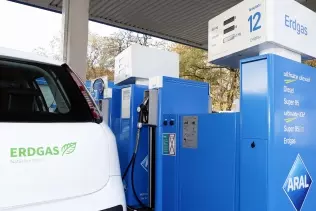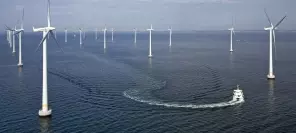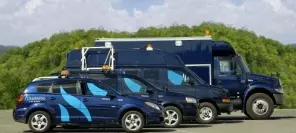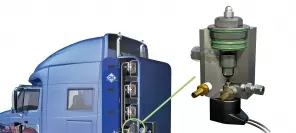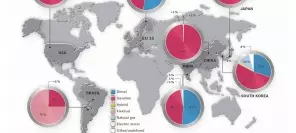- Main page
- Search
- Up to date
- Products
- Technology
- Vehicles
- Video
- Conversion Payback Simulator
Port Injection - Conversion Payback Simulator
Direct Injection - Conversion Payback Simulator
Diesel - Newsletter
Europe pushes for natural gas
 loading results...
loading results...In addition to decisions that concern the German market, there are also other initiatives that support low-carbon solutions around Europe. The Committee of Permanent Representatives of the EU Council confirmed on 29 November 2013 that an agreement has been reached with the European Parliament on the reduction of CO2 emissions in new passenger cars by 2020. The agreement must still be formally approved by the European Parliament and EU Council. The voting on the matter is to be held at the plenary session in January 2014.
The new regulation sets out the terms and conditions for car manufacturers to be met by 2020 – an average carbon dioxide emission in new cars at the level of 95 g/km. Transition period has been agreed, which means that by the end of 2020, the average CO2 emission in 95% of cars is expected to be at around 95 g/km, and starting from 2021, all vehicles will have to meet those standards.
To help the manufacturers in achieving such level of CO2 emission, the regulation also provides for the use of so-called “super-credits” from 2020 to 2022. They are supposed to encourage car manufacturers to develop new technologies and manufacture cars with low emission levels (less than 50 g CO2/km). Every car that emits less than 50 g of CO2/km is counted not as one but as 3.5 cars to the average carbon dioxide emission levels. As a result, the manufacturers will be able to reduce the average CO2 emission levels for all their cars to a greater extent.
Actions in the German market as well as EU regulations show that the use of natural gas in the automotive industry is poised for a more dynamic development in Europe. These actions – combined with American natural gas from shale formations that is already changing transport industry in America and in its liquefied form will soon be an important export product for the U.S. – may lead to changes in transport also in Europe.
